
Whitening strips are the popular over-the-counter solution to remove stubborn stains from teeth. Even though it is not compatible with in-office teeth bleaching, the strips can whiten your teeth by 1 or 2 shades.
Undoubtedly, it is a better choice than random whitening products available in a drug store whilst the strips have an impact on your teeth in both beneficial and adverse manner.
Hence you should aware of the essential things about using teeth whitening strips before purchase. In this post, our cosmetic dentist has shared the pivotal elements along with highlighted its downsides.
How do whitening strips work?
The teeth whitening strips are fabricated with a kind of flexible plastic and are coated with a thin layer of hydrogen peroxide or carbamide peroxide. Both these whitening gels are mild bleaching agents and can penetrate the teeth to scrub away the discolorations whereas toothpaste contains an agent called silica that can remove the surface stains alone.
When you apply a strip and press it against the teeth, the saliva breaks down the whitening gel and integrates with it to initiate the lightening process.
If they are used as directed, the strips can remove stains on both inner and outer layers of a tooth else the whitening product will land you in dental difficulties.
Are whitening strips bad for your teeth?
People who emulate the prescribed regulations and instructions while using the strips alone can enjoy the whitening product’s efficacy. Otherwise, the whitening activity will become troublesome for your oral cavity.
For instance, the whitening strips are designated as one-time usable products. The strips can be applied for 30 minutes a day for a period of 2 to 3 weeks.
If you use the whitening strip excessively, the hydrogen peroxide will agitate the fibers in the dentin layer and is followed by oxidizing the protein in that layer. This is the reason why some people have a sensitive feel in their teeth after whitening.
In simply, inefficient and excessive usage of whitening strips have a hazardous effect on your teeth and gums. The critical things to mention are:
- Gum Problems – The whitening gel in strips is quite harsh to aggravate the existing problems on soft oral tissues especially gums. It is powerful enough to burn or injure the gum tissues and trigger unbearable pain for days. Hence dentists recommend to avoid contact between the whitening strip and gums. Aside from strips, it applies to all kinds of DIY whitening products such as gels, gel trays, and rinses.
- Structural damage of erosion – If you use the whitening strips longer than the recommended duration, the bleaching agent can corrode the enamel unveiling the soft layers underneath. This puts the teeth at risk of various infectious conditions and eventually ends in tooth loss.
How to use whitening strips without any complications?
Beginning from removing the strip from its liner, you have to maintain the teeth whitening instructions recommended. Give close attention to the following aspects during the whitening activities:
- The strips should not touch or rub against the gums
- Number of daily applications
- Specified time per application
- Length of the regimen
Switching to fluoridated toothpaste during the regimen is also advantageous.
The whitening strips have 14% hydrogen peroxide whereas the whitening agent used in in-office teeth whitening contains 25% hydrogen peroxide. In most cases, cosmetic dentists give fluoride trays to patients after the whitening treatment. It is because fluoride takes care of fortifying the enamel.
Similarly, brushing your teeth with fluoride toothpaste during this DIY whitening regimen will restore a tooth’s enamel structure thereby reducing the chances of enamel damage and its consequences.
Have queries or want to know more about whitening smiles with strips? contact us. We are ready to answer.

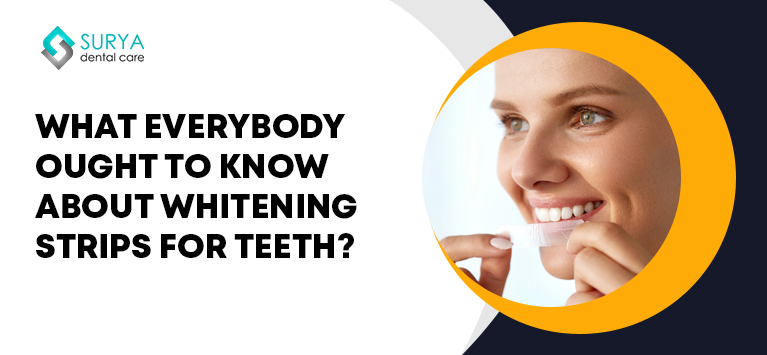




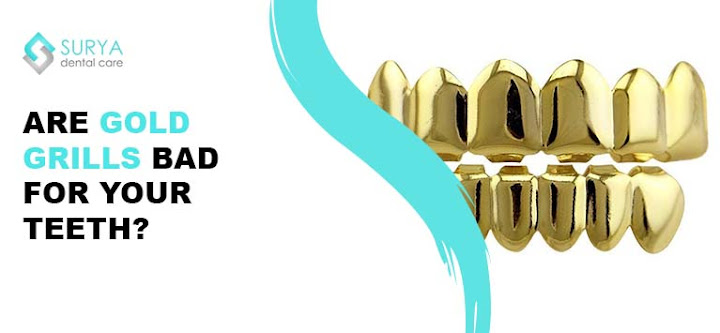
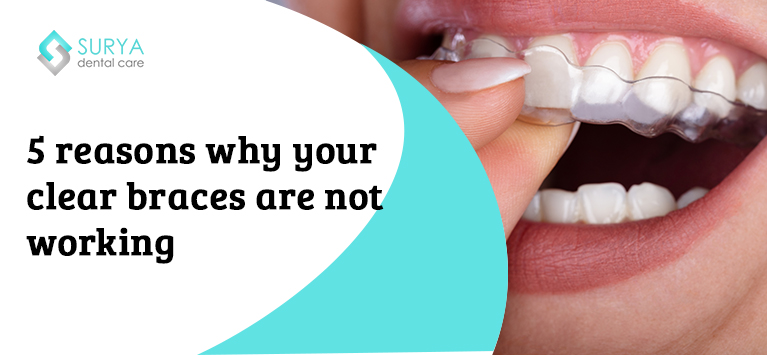
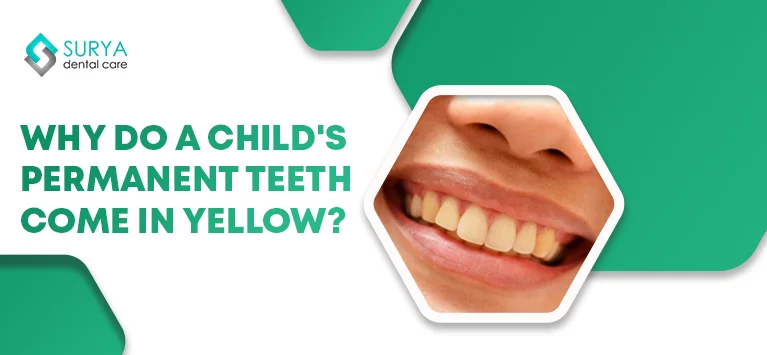
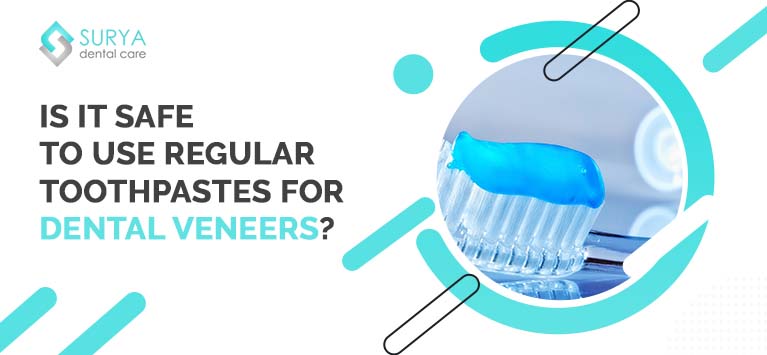
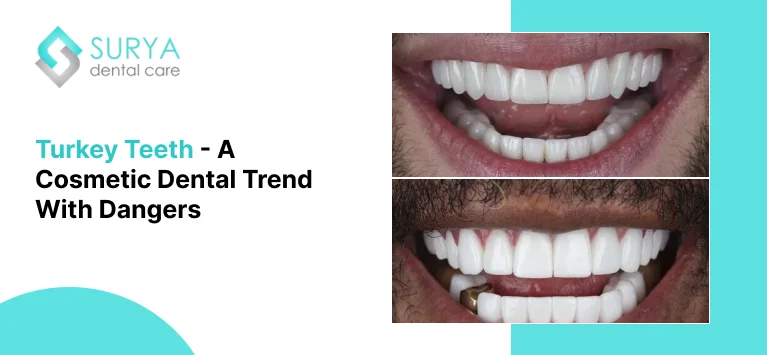
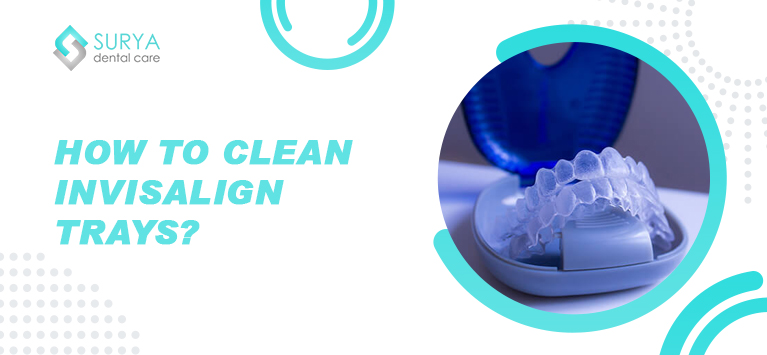


Leave a Comment